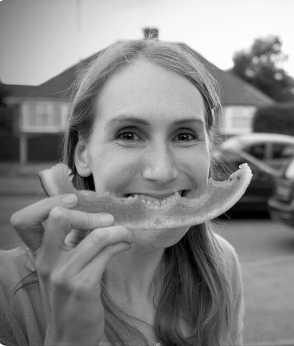Exothermic & Endothermic Reactions
Heat Exchange in Reactions
- Chemical reactions occur so that elements can achieve a more stable energy state by gaining a full outer shell of electrons
- This is done by chemical bonding (we have already seen ionic and covalent bonding) where old bonds are broken, and new bonds are formed
- This process involves the transfer of energy into and out of reaction mixtures
- The terms used to describe this are the system (what happens in the chemical reaction) and the surroundings
- The energy comes from the chemical bonds themselves which could be considered as tiny stores of chemical energy
- In the majority of reactions, the energy is in the form of heat energy, although sometimes other types of energy are produced such as light or sound
Exam Tip
Physical processes can also involve heat exchange, such as freezing or melting, so don't use this as a marker for a chemical reaction occurring. A chemical reaction produces new chemical products.
When you write about the 'system' it refers to the actual chemicals and their bonding. It means that a thermometer that in a beaker is still measuring the effect on the surroundings, it is not measuring the system. A thermometer showing increased temperature means that the surroundings are gaining in thermal (heat) energy.
Exothermic Reactions
- In exothermic reactions energy is given out to the surroundings so the temperature of the surroundings increases
- This energy is transferred from the chemical energy store of the chemical system and so the energy of the system falls
- The overall transfer is from the system to the surroundings
- Combustion, oxidation, and neutralisation reactions are typical exothermic reactions
- Hand warmers used in the wintertime are based on the release of heat from an exothermic reaction
- Self-heating cans of food and drinks such as coffee and hot chocolate also use exothermic reactions in the bases of the containers

Diagram showing the transfer of heat energy outwards from an exothermic reaction
Endothermic Reactions
- In endothermic reactions energy is taken in from the surroundings so the temperature of the surroundings decreases
- This energy is transferred to the chemical energy store of the chemical system and so the energy of the system increases
- The overall transfer is from the surroundings to the system
- These types of reactions are much less common than the exothermic reactions
- Electrolysis, thermal decomposition reactions and the first stages of photosynthesis are typical endothermic reactions
- Sports injury treatment often use cold packs based on endothermic reactions to take heat away from a recently injured area to prevent swelling

Diagram showing the transfer of heat energy from the surroundings into an endothermic reaction
Measuring Energy Transfer
- The changes in heat content can be determined and measured with a thermometer or temperature probe
- Note that the overall amount of energy does not change as energy is conserved in reactions
- This means that it cannot be created or destroyed but it can only be transferred
- So, if energy is transferred to the surroundings during a chemical reaction, then the products formed must have less energy than the reactants by the same amount as that transferred
Exam Tip
You need to remember which way round the two processes are.
Exothermic means heat given out - similar to exit, exoskeleton and exterior which all refer to the outside (surroundings).
Endothermic means heat taken in - similar to the endocrine system inside you.



